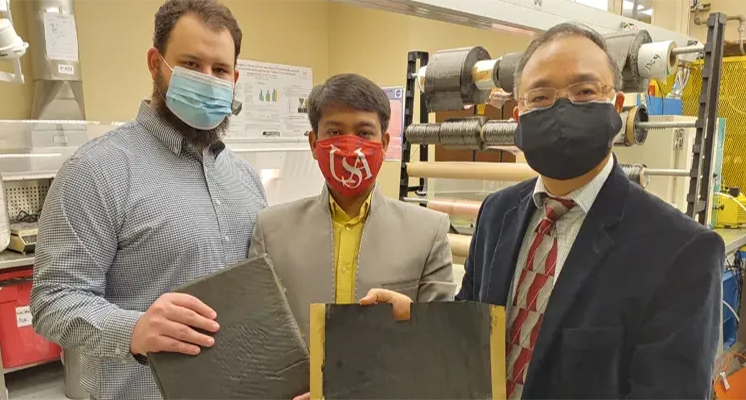Project leader, University of South Alabama mechanical engineering professor Dr. Kuang-Ting Hsiao, said, “If you apply this concept, we can expect that airplanes, cars, or sporting goods utilizing ZT-CFRP will be more efficient, lower production cost, simpler to design and assemble, lighter and stronger. The saved weight could be used for adding more performance or upgrading entertainment options.”
Dr. Sebastian Kirmse, of project partner MHP Americas explained, “With cars, for example, we are constantly trying to guarantee a high level of safety for passengers, while at the same time, striving to reduce weight and thus energy consumption. ZT-CFRP could replace aluminum as the material of choice for the chassis. This wasn’t possible with conventional carbon fiber-reinforced plastics, especially for parts exposed to increased thermal load.”
“The success of this technology and its commercialization availability will potentially benefit all participating companies and the broader user base of composite materials,” Dr. Hsiao further explained. “If the technology demonstrates readiness for commercialization, the creation of a start-up, licensing, joint-venture, and other business arrangements in various markets all are possible next steps.”


